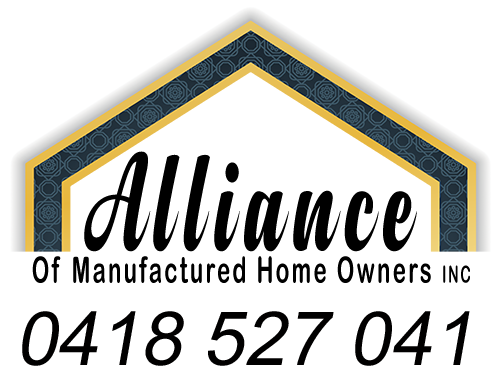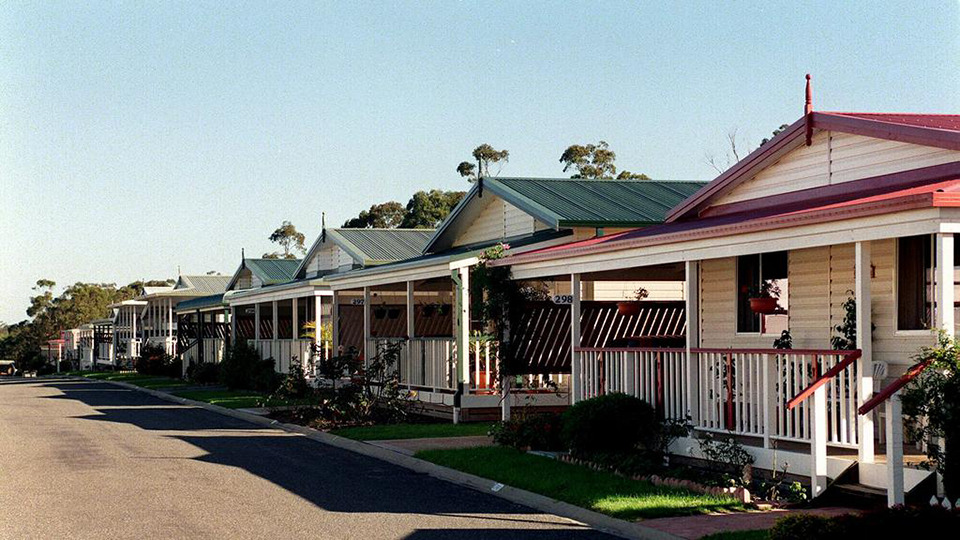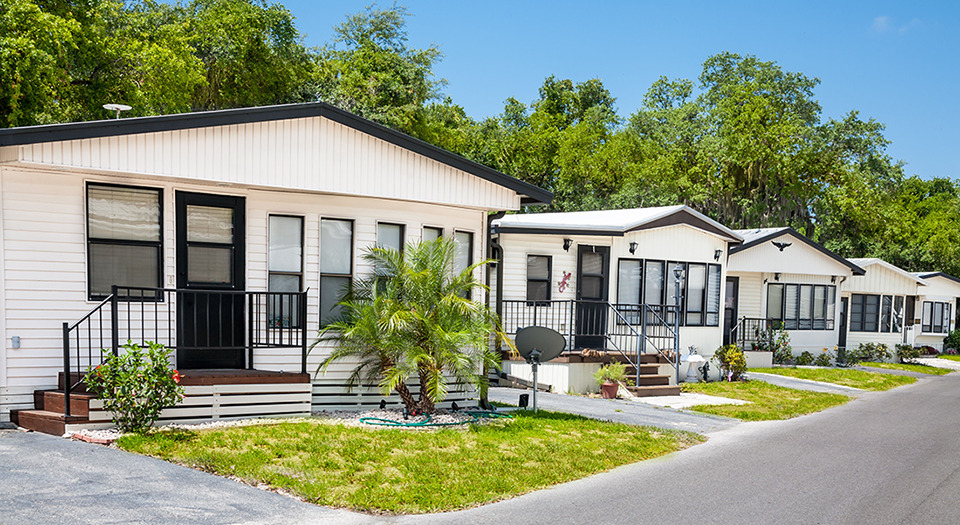Manufactured Housing Estates Sector On The Rise
Markets are propelled by all sorts of factors. Broadly though, it is a combination of economic and social influences that affects demand for certain types of property. Right now, those forces are driving what will be one of the biggest growth markets of the next decade.
Manufactured housing parks, as a concept, is still in its evolutionary phase in Australia. Two major issues for our country – housing affordability and an aging baby-boomer population bubble – are principal catalysts. And both are directly related to the emerging MHE sector.
According to a recent report (Healthcare and Retirement Living Research & Forecast Report 2016, Colliers International), the number of Australians aged 65 years and above will more than double from 3.6 million to 8.5 million between 2015 and 2055.
Along with that, the demand for affordable housing options and alternatives to traditional retirement villages will also grow. Some forecasts say retirement-led demand for manufactured homes in residential parks could surge to 50,000 extra units over the next decade.
At the same time, housing affordability is an increasing concern for the broader community, particularly for hopeful first home buyers trying to get a foothold on the property ladder. Budget initiatives targeted at these dual concerns included:
- releasing additional Commonwealth land for housing development;
- encouraging seniors to downsize through superannuation concessions (ability to add non-concessional $300,000 into super from the sale of their home); and
- lifting the capital gains discount by 60% for investments in affordable housing, providing an incentive for the development industry to invest in this area.
All of these will help further drive the already growing MHE sector. There are currently around 200 MHE in Australia with an estimated asset value of $2.6 billion. They account for only a tiny proportion of the total caravan park and mixed-use parks sector, numbering approximately 2,500 parks.
Corporate Groups are on the Acquisitions Trail
Historically the domain of private/family operators and local councils, the caravan park sector is now a target for corporate groups with aggressive acquisition plans.
In the retirement space, major players include Lifestyle Communities, Ingenia Communities Group, and Gateway Lifestyle Group.
They pursue acquisition of existing caravan parks and mixed-use parks because appropriate zoning is already in place. But, as the sector grows, they are also now chasing greenfield sites for residential park development.
Retirees are the primary target market for operators. Acting in their favour is the fact that manufactured homes parks fall under regulations different from retirement villages, operating in the same regulatory environment as the caravan park industry out of which they grew.
Home Owners in residential parks – or ‘land lease communities,’ as they should be more properly called – own their own factory-made homes. They pay a ground rent to the estate operator, which can make them eligible for Commonwealth rent assistance (unavailable to retirement village residents because they do not ‘rent’).
If a manufactured home owner chooses to leave the community, they can generally just sell their home to an incoming purchaser, who then takes on the land rental.
Retirement villages, on the other hand, have diverse and often complex contractual models involving loan/licence or loan/lease agreements, ‘incoming contributions,’ service and maintenance charges, and exit fees (also known as a deferred management fee).






